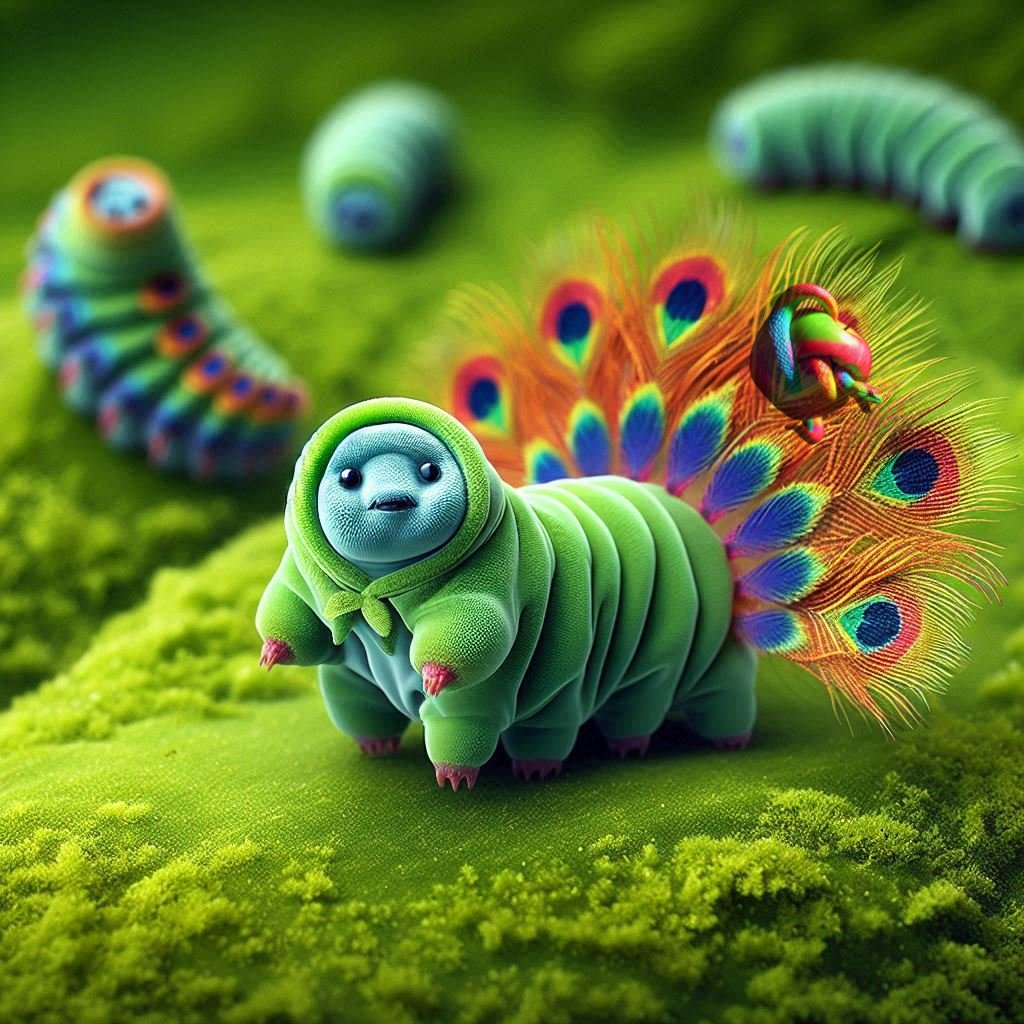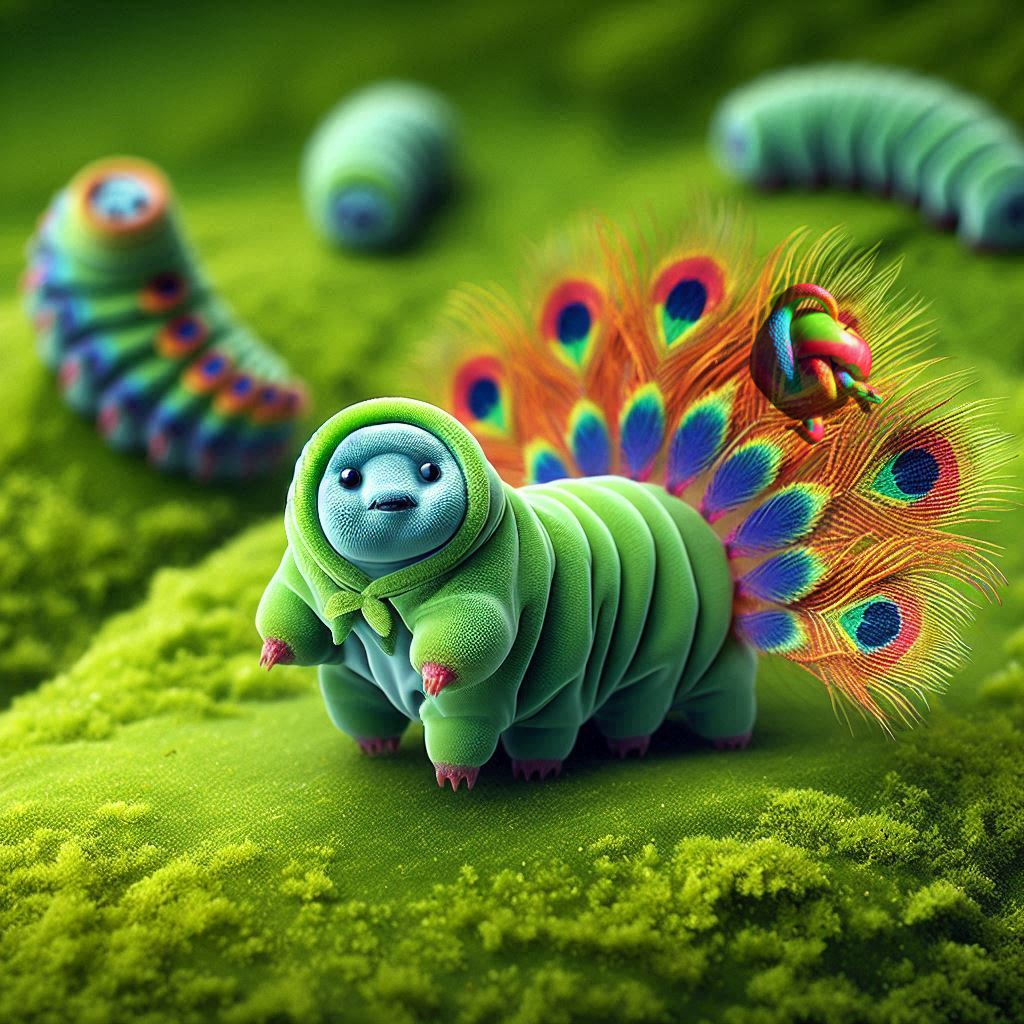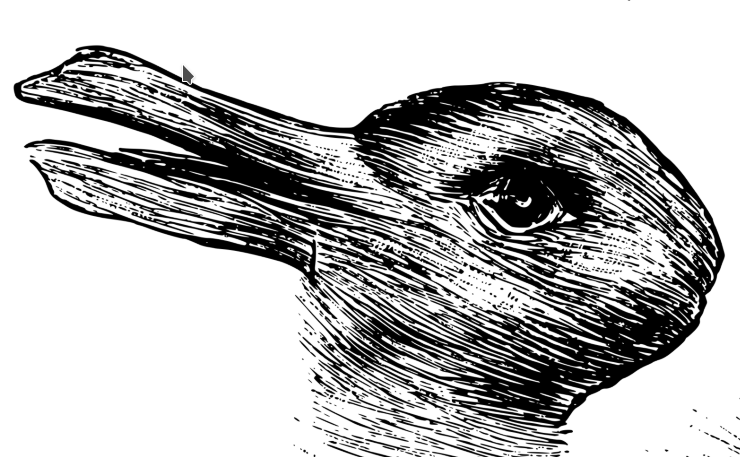
Reaction: Derya Sakin (Hanoğlu)'s 'On the Evolutionary Origin of Morality'
A list of reaction to other evolution~morality papers and chapters and stuff can be found at Reactions to papers on evolution~morality.

Middle East Technical University | METU · Department of Philosophy
Doctor of Philosophy via researchgate.net
Derya Sakin Hanoğlu. “On the Evolutionary Origin of Morality.” Beytülhikme An International Journal of Philosophy (2022): via academia.edu. Web.
Abstract: In this study, I will approach morality from a naturalistic perspective and defend that morality is a product of evolutionary processes shared by both human and non-human animals rather than that of human culture. My naturalistic approach is based on simpler components instead of high-level cognitive capabilities such as cognition. Rationality, judgment, and free will are indeed presented as necessary for morality in classical definitions of morality. However, I will put forward that the roots of morality can be understood as the biological disposition in the evolutionary process. Moreover, in this paper, I will propose that morality is not a phenomenon that ought to be restricted to humans. I think morality is not a phenomenon that is exclusively human; rather, morality can be expanded to non-human animals. To defend this claim, I will indicate that morality has a natural content and that this content does not have a structure that can only be justified on a rational basis, but that this normative structure can be established through biological/evolutionary mechanisms and can be explained in this way. Keywords: Morality, naturalism, evolution, animal morality, naturalistic ethics, metaethics, non-anthropocentric ethic, rationality.
Well I basically agree. It’s stuck in the moral philosophy thicket however. That’s philosophy for you, metaphysics that appears to be the real fog, but is just a fug of traditional forms. Round and round we go, thinking the figures are groundless pure forms. Bad metaphysics, bad dog.
Queries & comment on abstract
For: “roots of morality can be understood as the biological disposition in the evolutionary process” I’ll be interested to see how ‘biological disposition’ is elaborated. (Spoiler: I did not see it we get a "what is morality?" section instead).
I call it an urge, and its varieties (as variations of individual preferences) I usually call a bias, regardless of their systemic or structuralist grounds of engagement (noyaux) in social animals.
For: “morality can be expanded to non-human animals” In this query-space I basically feel “whatevs”. Of course what Sakin and I see as morality in animals maybe very different things, and think those outcomes of the urge to should (which we share with other animals to varying degrees) like religion/morality/art-plex are not where we should look to see commonalities. Don't start here when we work with animals, just because we do.
So the focus should be on the grounds of an animals behaviour (figure) where the social life is the home territory (the world of the animal society). (So in a strict definition not some ontological set of imperative ideals) (which don’t exist outside of the urge to should consistently with the 'shouldy' urge to be normative and thus universalise the home territory’s conventions in all their complex array of inputs.)
Into the main text
For “From primitive tribes to modern cultures, society is based on rules and agreements” and we feel we should should.
After this we get some critigue of emergent explanations of morality as a cultural transcendence of animal nature. That this explains and decalres the gap between us and them. We get to look at ideas of groupwork as having adaptive value, the conspecifics (great name for a piece of 70s SF novel writing folks off you go…), and “Being isolated cannot be chosen as a way of life. Others entails to live in congruency.” which sums it up nicely.
- Morality, even human morality, cannot be explained by culture alone.
- There is no necessity for morality to be exclusively human.
- The morality of a non-human animal and a human animal need not be exactly the same.
Yes I agree within the frame of what is offfered. Then we get the ‘there is no gap’ but there is a ‘distinction moment.
We get a waffle, unavoidable because we are stuck in the fug of moral philosophy, there is a strong effort to find a way through the thicket: individual ethics, social behaviours. Soon we get a mention of a ‘semantic wrangle’.
We can avoid all this if we regard ‘morality’ as an outcome of the urge to world among humans, and then trying to wrangle morality into ethological debates outside of its orgins, will look as ridiculous as trying to find actual religions in animal lives. (Religions being other outcomes of the same urge to should (to world) in a different but closely aligned dimension to ‘morality’).
This would maintain the spectrum of behaviour between us and them, while maintaining a distinction. Relegating the distinction to the outcomes in Homo sp. instantiations of the urge to should, to world, to live. Regardles of whether these outcomes arise emergent or in some systemic or structuraist fug of interactions in a noyau with a complex economy.
It's like trying to explain sexual selection while trying to find peacocks' tails on tardigrades. Do-able with AI image generation these days, but shold we? Is (bad) metaphysics a human example of LLM 'model collapse'?
Then we get the section 2. What Is Morality?
Hanoğlu seeks to extend it’s usage to include those creatures which are not human. I guess I think that this is a mistake, looking for pracock's tales when we should look for sexual selection. Not because them animals do not do what Sakin goes on to describe and frame up, but because it is unnecessary distraction, and is an example of being lost in the thickets of our language use, how ever conventional and normative.
I am beginning to repeat my position. So I’ll stop.

Crossposted at substack.
Next I will look at Derya Sakin Hanoğlu's thesis:
Derya Sakin Hanoğlu The Ascent of Morality, from Non-Human to Human Animals: An Emotion-Based Account. Middle East Technical University, 2021. via academia.edu. Web.
